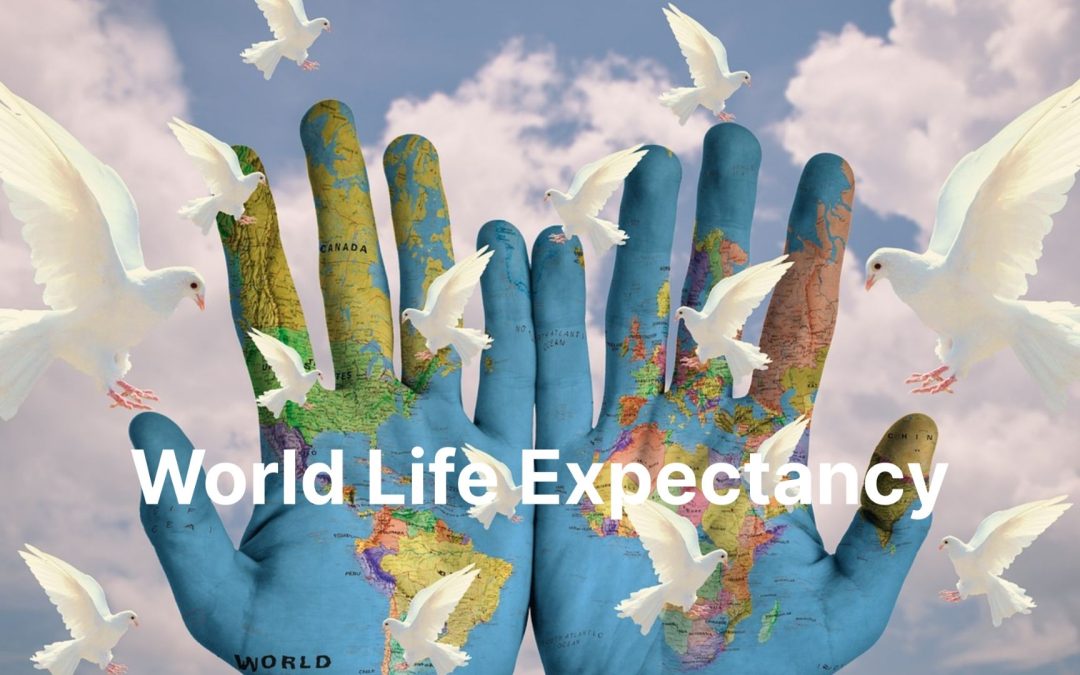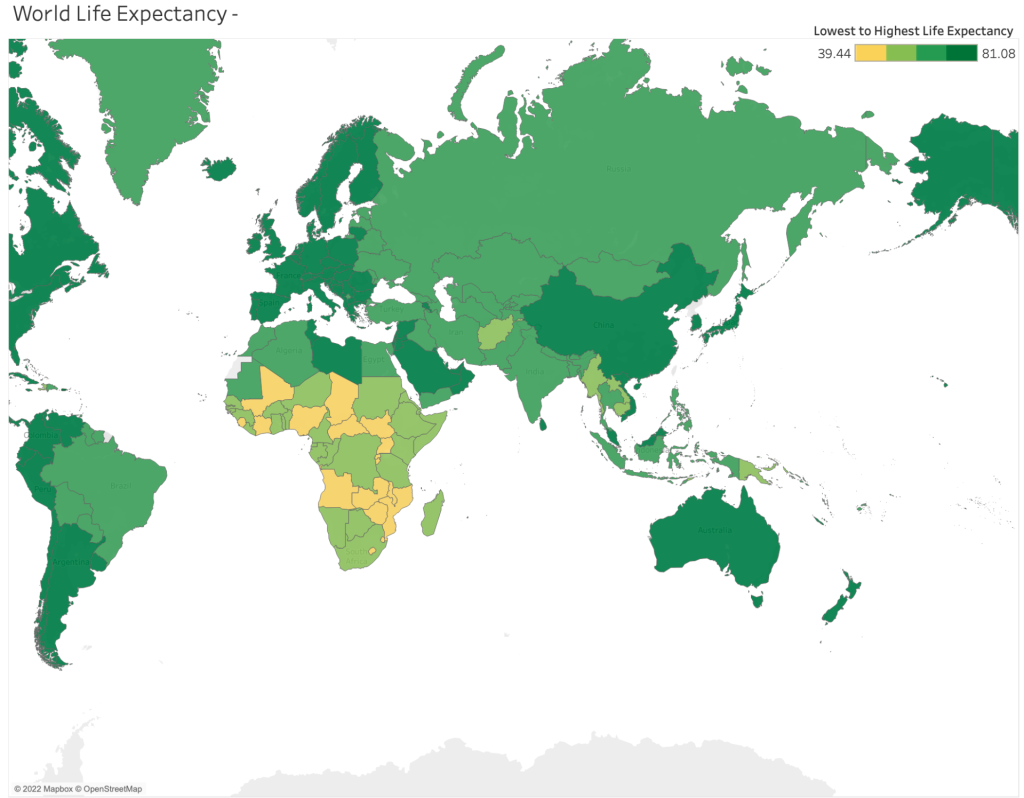
by ham57 | Nov 22, 2022 | Uncategorized
Trading is one of the most important industries in the UAE, as this is one of the richest countries. The UAE also imports many products, among which foodstuff, machinery, and equipment occupy the first positions among the most imported products in the Emirates. The availability of food is not an issue for residents of the UAE; supermarkets carry all the food they could possibly need or want. But how can a nation with the parched territory and hot weather all year round have access to a wide variety of food? Simple: The UAE is greatly reliant on imports.
-Did you know?
UAE faces a trade deficit when it comes to its food market due to limited arable land, increasing climate issues, and acute water shortage.
-What are the challenges?
With the recent COVID-19 outbreak revealing the precarious nature of imports, the UAE is now putting a strategy in place by investing in technologies to find a solution to food security.
-How can this situation improve?
They need to reduce the imports through a new food strategy which is investing in ag-tech!!
This situation can be improved through “Magic – Breathable Sand” which is one of the solutions that was developed by the Dake Group in partnership with the Rechsand Technology Group from Beijing. This type of sand is covered with a specific technology that allows air to travel through its particles and captures the water that it contains. They believe that it could be applied to desert sand to retain water and fertilizer usage by 70% and 50% respectively.
It was then tested and it worked: they were able to grow around 28 fruit trees including mango and lemon groves.
Various institutions in the United Arab Emirates provide a range of funding options to modernize agriculture.
- Dubai’s Food Tech Valley: It’s a new initiative that seeks to increase food production in the UAE and establish it as a major international destination for the sector. Based out of Dubai, ICBA works by assisting farmers and agricultural organizations in developing policies and methods that will maximize the management of local natural resources. They provide advice on the optimum crop varieties to harvest as well as soil and water quality.
- Water Scarcity: To make seawater drinkable and useful for agriculture, the United Arab Emirates mainly relies on an expensive procedure called desalination.
“Water is scarce. And as we already know, 90% of the water available in the UAE is desalinated water which is very costly and consumes energy,” explains Idland.
If half of the water was saved and used for agriculture, 30 tons of tomatoes could be produced every day. Additionally, there would be less need for the expensive and energy-intensive process of desalinating seawater.
- Vertical Farming and New Technologies: The past few years have seen a lot of attention paid to Vertical Farming. The government and the corporate sector have invested millions in the technique despite the significant expense associated with it. In order to develop vertical farming facilities in the Emirate, the Abu Dhabi Investment Office (ADIO) announced in April that it would invest $100 million in four businesses, one of which being AeroFarms.
-Visualization and Analysis.
By looking at the data from World Development Indicators, we get the results in Tableau as below: “Imports Vs. Exports”
The data line chart in the World Development Indicators shows the percentages of food exports and imports in the United Arab Emirates from 1999 to 2021 that led to a “Trade Deficit”.
-Things to note.
Why is it magical for Desert Farming and Food Security?
- Breathable roots are produced by breathing sand, and they can change the forest or other green cover.
- Given that desert soil is free of any chemical or fertilizer contamination, it encourages quicker adoption of organic farming techniques.
- A small layer of sand can save billions of gallons of water annually by reducing water use for agriculture, farming, forestry, or gardens by 80%.
- Additionally, the breathable sand can transform desert farming to increase production quantity and quality.
-Quote.
“Increasing self-production within the local region and reducing the reliance on imports is what we are focusing on,” says Chandra Dake.
“We [in the UAE] are only looking at a few hundred thousand hectares to be food secure, and it is not too far,” he says.

by sjs32 | Nov 22, 2022 | Uncategorized
Wages and salaried workers is a crucial topic that has been discussed world wide and addressed in different ways. Several factors affect the total number of salaried workers in a country including the available job opportunities, the demand and supply enforced on labor force, and the type of field a worker is in. As such, this has created huge gaps and inequality in wages and salaried workers all over the world.
To better understand this feature, the below graph displays the changes of wage and salaried workers percentage over the years from 1991 to 2019 in the MENA region.
Looking at the graph, we can see that Qatar, Bahrain, UAE, Saudi Arabia, and Oman are countries that remained to be the top in terms of wage and salaried workers throughout the years as compared to other countries in the MENA region such as Lebanon, Syria, Yemen, and others. These top 5 countries all recorded over 95% of the workers are salaried and waged overr the years.
Moreover, looking more closely at other countries, we can see that countries such as Lebanon has a maximum of 65% of workers who are salaried workers and Libya with the lowest value among all countries.
This shows that among the countries in the MENA region there exists huge gaps and inequalities between workers in countries mainly due to scarce job opportunities in middle and low income countries such as Lebanon. This huge difference has caused a large number of fresh graduates in Lebanon to seek jobs outside of their country and mainly towards UAE and Saudi Arabia.

by zmn09 | Nov 22, 2022 | Uncategorized
Lebanon has been historically exporting skilled workers to many regions in the world including Gulf, Africa, Europe, and North America. For more than 10 years, the Unemployment rate in Lebanon has been increasing to reach 11.35% in 2019 (from 6.35% in 2009). Since the Economic crisis in 2019, the rate has dramatically increased to reach 14.5% in 2021.
To dig deeper into unemployment in Lebanon we can see that the citizens with advanced education (holders of a university degree or above) are prone more to unemployment, in comparison to intermediate (secondary schooling) and basic education (primary schooling or below).
So what can we do to solve this?
It is worth mentioning that since the economic crisis in Lebanon in 2019 followed by the COVID-19 pandemic, the Lebanese economy deteriorated severely leading to the closure of many companies and establishments or downsizing in the terms of employees and costs.
Note that among the 3 sectors (services, industry, and agriculture), the services sector was the most to hold the burden of this economical crisis, especially for the restaurants, hotels, banks, and retail traders,…
The employment breakdown as per sector shows that the service sector retained the most employment over years, in contrast to agriculture which only received 11.32% of total employment in 2019.
Therefore, we should try to shift the load of the employment to the other sectors in Lebanon (industry and agriculture) by encouraging the highly educated persons to start their own businesses in this area, which will then lead to more employment from the less educated in these 2 fields.
This will not be attainable unless the government and international entities start incentivizing the youth by providing the below:
- Access to finance (through long-term small loans at a minimized rate of interest)
- Access to knowledge (by providing proper training to the youth in management and technical expertise)
- Access to market (by providing the connections to the youth to sell their products through)
To note that some initiatives from the public have been launched to provide one or more of the above-mentioned, however, the government hasn’t yet started any steps to help.

by jbe11 | Nov 22, 2022 | Dashboard, Generic, Visualization
The most important statistic for measuring population health is life expectancy. Life expectancy captures mortality across the whole life course, making it more comprehensive than the restricted measure of newborn and child mortality, which concentrates only on mortality at a young age. It provides information on the typical death age for a population.
Since the Age of Enlightenment, life expectancy has rapidly grown. Life expectancy began to rise in the early industrialized nations in the 19th century, but it remained low in the rest of the world. As a result, there was a huge disparity in the distribution of health throughout the world. Good health in the wealthy nations and continuously poor health in the developing nations. This worldwide inequality has declined during the last few decades. The nations with the highest life expectancy in 1800 are the only ones in the world with a lower life expectancy today. Many nations that were formerly afflicted by poor health are quickly catching up.
The world map below shows the life expectancy of the year 2000.

African nations have been struggling with health related issues for quite some time. One of them is that, when compared to other continents, such as Europe Africa has the nations with the lowest life expectancies. Why is that? Does government health expenditure play a big role disaster?
Government health expenditure plays an important role in guaranteeing people’s livelihood and in improving the quality of human capital, and it also plays an important role in affecting economic development.
In order to characterize the specific trend of government health spending affecting life expectancy in Africa, the dashboard below chart shows the expenditure in healthy sectors by the government, from years 2000 to 2018, of the top 3 countries (in terms of life expectancy) and the bottom 3 in comparison as shown in the map.
We clearly see that countries with high government expenditure have a higher life expectancy.
Even though African nations still have a low life expectancy in comparison to other countries, significant improvement has been made since the early 2000s as life expectancy within African nations has seen an increase of at least 10 years.This shows a positive relationship between government health expenditure and life expectancy.
What we can do to further help and develop Africa is to create a funded project by the UN or the WHO to help create more hospitals in the region that would be specialized in treating and aiding people with diseases.

by rii06 | Nov 20, 2022 | Dashboard, Visualization
Children Education is a right!
Did you know?
Even though the average percentage of Children out of school is declining over the years, studies showed that almost 20% of children in low-income countries and 10% in lower middle-income countries are still out of primary school in 2021.
What are these children doing?
The highest % of children in employment is found in the low-income countries, followed by the lower middle-income countries where the highest % of children out of school coexists.
This shows that these countries cannot afford the education of their children and thus shift them to work instead in order to support their families’ living expenses.
Who should we blame?
While these countries have the lowest income, they score the highest birth rates compared to other countries as shown below.
The low-income countries have a 44% birth rate reflected by their ignorance on the importance of birth control and contraceptive prevalence with only 23%.
Is 23% enough? No.
Children have the right to be educated, and a big responsibility falls on the parents who give birth to children and force them to work, knowing that they cannot afford their education.
The access to electricity and internet usage across the years has been increasing in all the countries including the low-income ones.
However, it is important to highlight that with all this increase, only 40% of the population in low-income countries have access to electricity and only 21% of them use the internet in 2020.
This evolution has pushed the adult literacy rate across the years to increase.
The more the adults have literacy and can surf through internet facilities, the more they understand the importance of children education and therefore decreasing the % of children out of school.
The main reason behind the decrease in % of children out of school through years is the increase in education expenditures in primary public institutions, along with the increase in access to electricity and internet usage which facilitates the education feasibility for the children and the adults literacy in these countries.
Knowing that the low-income countries cannot afford the education of their children, while their birth rate is increasing, the Department of Economic and Social Affairs in the United Nations should ensure inclusive and equitable quality education and promote lifelong learning opportunities for all #SDG4 #SDG4.1 by supporting these countries through funding the tuition fees of their children along with educating the parents on the importance of contraceptive prevalence and maybe set regulations in collaboration with the governments to limit the birth rate allowed in the low income countries.





